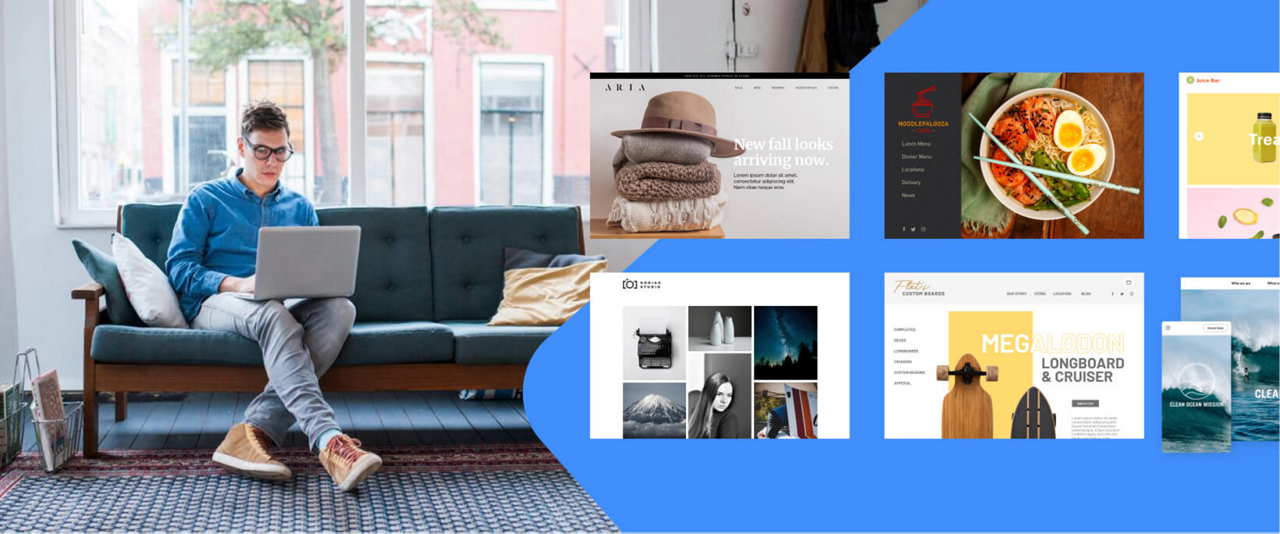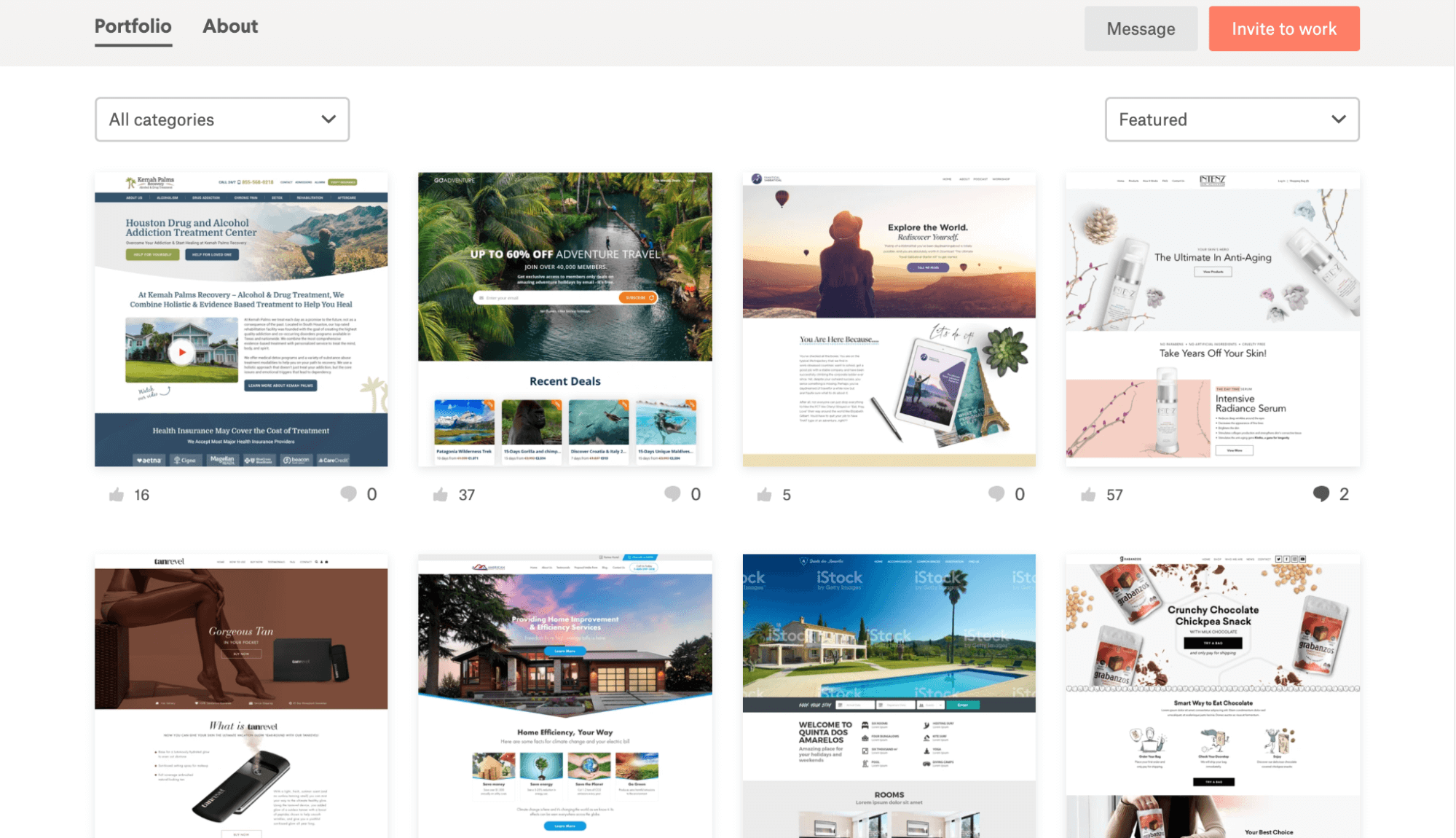Necessary Concepts of Website Layout: Producing User-Friendly Experiences
By concentrating on individual demands and preferences, designers can promote engagement and contentment, yet the ramifications of these concepts expand past mere capability. Understanding just how they intertwine can substantially impact a site's general performance and success, triggering a better exam of their specific functions and cumulative influence on individual experience.

Significance of User-Centered Design
Prioritizing user-centered layout is necessary for developing effective web sites that fulfill the requirements of their target audience. This method positions the individual at the center of the layout process, ensuring that the site not only functions well but additionally reverberates with customers on an individual degree. By understanding the users' choices, objectives, and actions, designers can craft experiences that foster interaction and complete satisfaction.

In addition, adopting a user-centered layout ideology can cause improved ease of access and inclusivity, catering to a diverse audience. By thinking about different customer demographics, such as age, technological efficiency, and cultural histories, designers can produce internet sites that are welcoming and useful for all.
Inevitably, focusing on user-centered layout not only enhances individual experience but can also drive crucial company results, such as boosted conversion prices and consumer loyalty. In today's competitive electronic landscape, understanding and focusing on customer requirements is an important success factor.
Instinctive Navigation Structures
Effective website navigation is typically an essential variable in boosting user experience. Intuitive navigating structures make it possible for customers to locate details swiftly and successfully, decreasing frustration and boosting engagement.
To develop user-friendly navigation, designers ought to prioritize clearness. Tags need to be acquainted and descriptive to customers, staying clear of jargon or unclear terms. A hierarchical framework, with primary categories causing subcategories, can additionally assist individuals in understanding the partnership in between various areas of the website.
Furthermore, including visual cues such as breadcrumbs can direct individuals with their navigation path, enabling them to quickly backtrack if needed. The addition of a search bar likewise improves navigability, giving customers guide access to material without having to navigate with several layers.
Receptive and Flexible Designs
In today's digital landscape, making sure that internet sites operate seamlessly throughout various devices is essential for individual complete satisfaction - Website Design. Adaptive and receptive layouts are two vital methods that allow this functionality, accommodating the diverse range of display dimensions and resolutions that users may come across
Receptive layouts employ liquid grids and adaptable images, allowing the site to instantly change its elements based upon the screen dimensions. This strategy provides a consistent experience, where content reflows dynamically to fit the viewport, which is especially useful for mobile customers. By making use of CSS media questions, developers can produce breakpoints that maximize the format for various tools without the requirement for separate styles.
Flexible designs, on the other hand, use predefined designs for certain display dimensions. When a customer accesses the website, the web server identifies the device and offers the ideal format, making certain an optimized experience for varying resolutions. This can lead to faster loading times and enhanced efficiency, as each design is tailored to the tool's capacities.
Both flexible and responsive designs are critical for improving individual interaction and complete satisfaction, ultimately contributing to the internet site's general efficiency in meeting its objectives.
Regular Visual Power Structure
Developing a consistent visual pecking order is crucial for leading individuals through a website's web content. This principle ensures that details exists in a manner that is both instinctive and appealing, allowing individuals to easily official website comprehend the product and browse. A distinct hierarchy employs numerous design aspects, such as size, contrast, shade, and spacing, to produce a clear difference between various sorts of material.

Moreover, constant application of these aesthetic cues throughout the site promotes knowledge and depend on. Customers can rapidly discover to acknowledge patterns, making their interactions a lot more effective. Inevitably, a strong visual pecking order not only improves customer experience but likewise boosts general website usability, motivating much deeper engagement and facilitating the preferred activities on a web site.
Accessibility for All Individuals
Availability for all customers is a fundamental aspect of internet site design that guarantees everybody, no matter of their capacities or specials needs, can engage with and take advantage of online material. Designing with availability in mind includes applying methods that accommodate varied customer demands, such as those with aesthetic, acoustic, electric motor, or cognitive impairments.
One important standard is to stick to the Web Content Ease Of Access Guidelines (WCAG), which provide a framework for creating accessible digital experiences. This includes using sufficient color comparison, giving text alternatives for images, and guaranteeing that navigation is keyboard-friendly. Additionally, using responsive style techniques ensures that websites function effectively throughout different gadgets and screen dimensions, better boosting availability.
One more vital factor is using clear, succinct language that prevents lingo, making material comprehensible for all customers. Involving users with assistive modern technologies, such as display readers, calls for careful interest to HTML semantics and reference ARIA (Easily Accessible Abundant Web Applications) functions.
Eventually, focusing on access not only meets lawful obligations but additionally broadens the target market reach, promoting inclusivity and enhancing customer contentment. A commitment to accessibility shows a dedication to developing equitable electronic environments for all customers.
Conclusion
Finally, the vital concepts of website layout-- user-centered style, intuitive navigation, responsive formats, consistent visual power structure, and ease of access-- collectively add to the creation of user-friendly experiences. Website Design. By focusing on individual demands and making sure that all people can properly engage with the site, designers boost use and foster inclusivity. These principles not just boost user satisfaction however additionally drive positive service end results, ultimately demonstrating the important importance of thoughtful site design in today's electronic landscape
These techniques give indispensable understandings right into user expectations and discomfort points, enabling developers to customize the site's attributes and content appropriately.Effective site navigation is often an essential element in enhancing individual experience.Developing a consistent visual power structure is crucial for leading customers through a site's content. Inevitably, a strong visual pecking order not just enhances user experience however likewise improves total site functionality, urging deeper involvement and facilitating the desired activities on a web site.
These principles not just improve user satisfaction yet likewise drive favorable company outcomes, inevitably demonstrating the critical importance of thoughtful website layout in today's digital landscape.